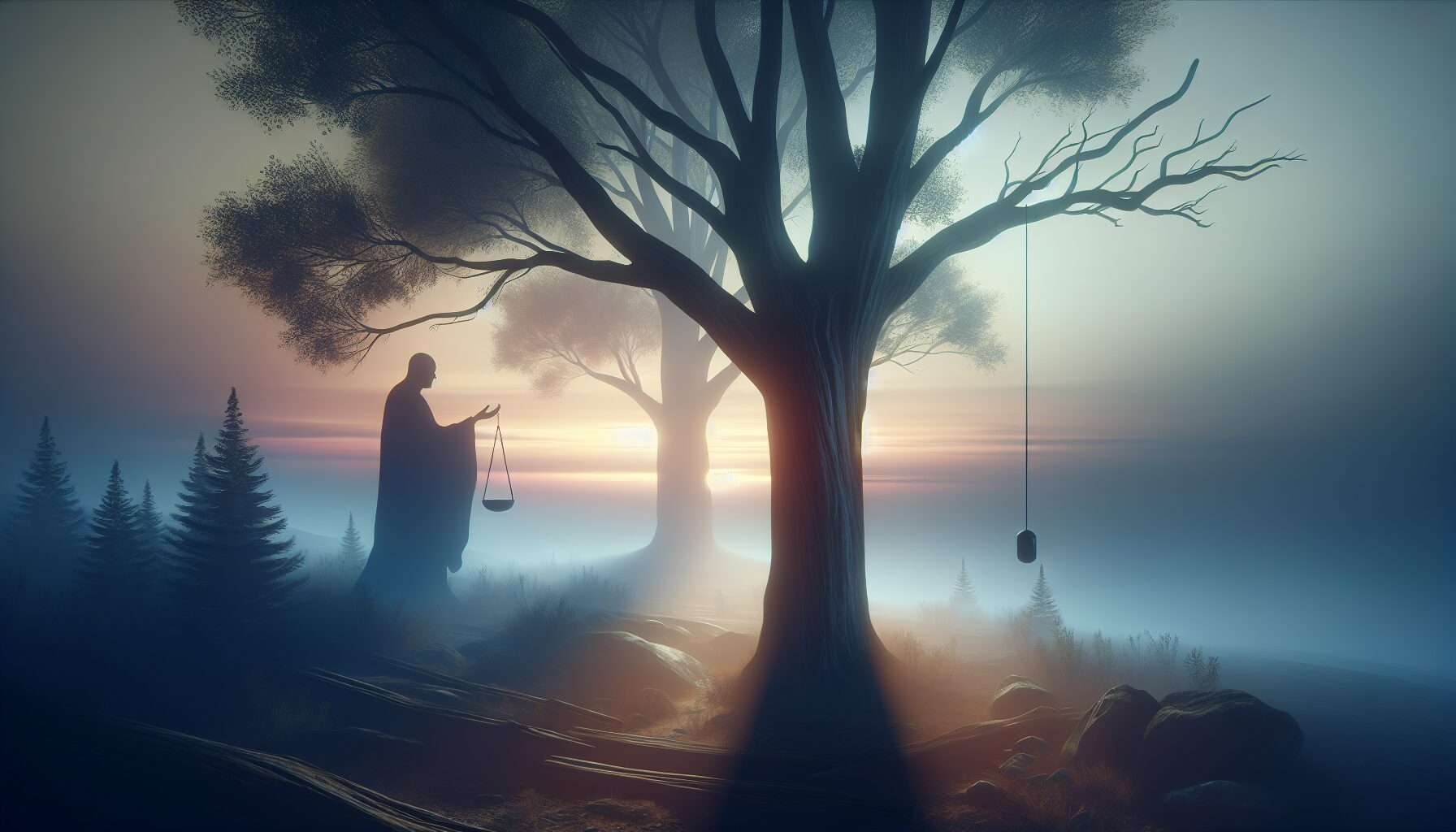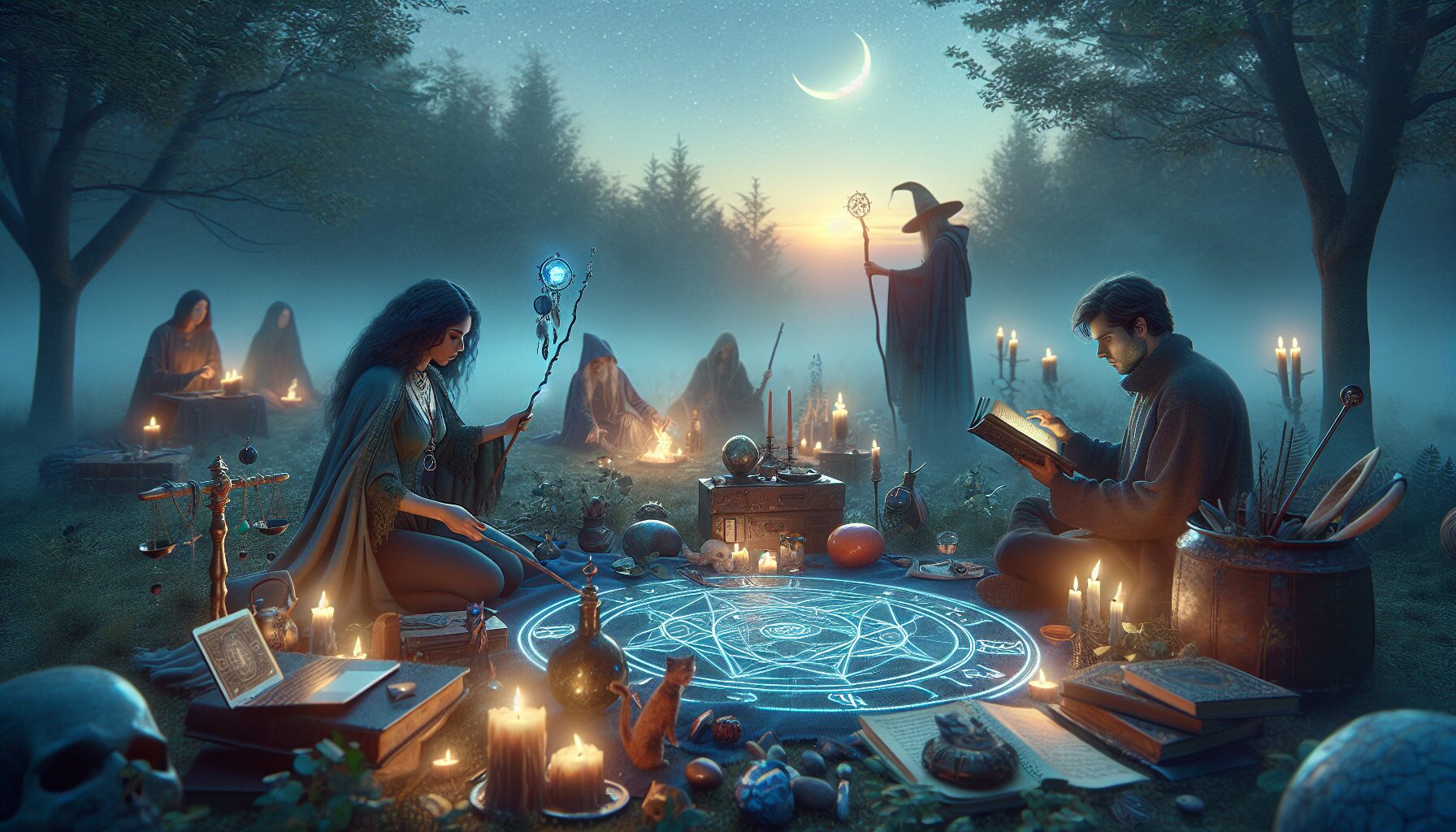Twilight Pilgrimage: Spiritual Journeys Through Shadow
In the heart of every spiritual journey lies an encounter with the shadow, a mystical domain where light fades, and darkness embraces the soul. The twilight pilgrimage, a concept deeply rooted in both ancient and modern spiritual practices, invites seekers to traverse this intermediary space of reflection and transformation. This exploration uncovers not only the shadows of the external world, but also those ensconced within the deepest recesses of our being.
The Call of the Shadow
Every journey begins with a call, often emerging from a place of dissatisfaction or yearning. The twilight pilgrimage is no exception; it beckons individuals to confront what Carl Jung, the eminent Swiss psychologist, termed the Shadow Self. Jung posited, “The shadow is a moral problem that challenges the whole ego-personality, for no one can become conscious of the shadow without considerable moral effort.
” (source).
This moral effort involves facing the parts of ourselves that we have repressed or denied. It requires an openness to the unknown and often, uncomfortable realities that lie beneath the surface. The shadow, then, becomes a powerful teacher, revealing pathways to greater self-awareness and wholeness. The twilight pilgrimage calls upon individuals to step into this liminal space—a journey that can be as daunting as it is enlightening.
Ancient Roots of the Twilight Pilgrimage
The concept of a twilight journey is not unique to modernity; it draws deeply from ancient traditions. In Greek mythology, the descent into the underworld—symbolized by Persephone’s journey every winter—reflects the cyclical nature of darkness and renewal. Similarly, the Samhain festival in Celtic cultures signifies a time when the veil between the living and the dead is at its thinnest, encouraging reflection and communication with ancestors.
These traditions illustrate that interacting with darkness—the unknown, the mysterious—is an age-old pursuit, woven into the fabric of human existence. The twilight pilgrimage revives this ancient yearning, offering a modern framework for engaging with the shadow.
Modern Interpretations
In contemporary spirituality, twilight pilgrimages often manifest as retreats in nature, meditative practices, or introspective workshops. These experiences are designed to facilitate a deeper connection with one’s inner world, often through practices like mindfulness, shadow work, and guided visualization. Such journeys focus on self-discovery and healing, urging participants to embrace all parts of themselves, especially those consigned to the shadows.
Contemporary practitioners like Debbie Ford, author of The Dark Side of the Light Chasers, advocate for embracing our darker impulses, arguing that acknowledging and integrating these aspects leads to a more complete and authentic self. Ford encourages, “To live an authentic life, we must first embrace the dark sides of ourselves.
”
The Anatomy of a Twilight Pilgrimage
Preparation
Embarking on a twilight pilgrimage requires thoughtful preparation. It begins with setting a clear intention—what does the seeker hope to discover or heal? Selecting an appropriate environment that fosters introspection, such as a secluded natural setting or a dedicated spiritual retreat, is also crucial.
The Journey
The central component of the twilight pilgrimage involves immersing oneself in practices that facilitate shadow exploration. This might include:
- Meditation and Mindfulness: These practices cultivate awareness and provide space for emotions and thoughts to surface without judgment.
- Journaling: Writing becomes a tool for uncovering hidden parts of the psyche, allowing for introspection and catharsis.
- Group Workshops: Sharing experiences with others can illuminate common struggles and foster a sense of community and support.
Reflection and Integration
After confronting the shadow, the final step involves integrating insights gained during the journey. Reflective practices like creative expression—through art, music, or storytelling—can aid in this process, allowing individuals to transform shadow elements into sources of strength and wisdom.
The Transformative Power of Shadow Work
A successful twilight pilgrimage can be profoundly transformative. By facing their shadow, individuals often experience a newfound sense of freedom and self-acceptance. As Jung profoundly concluded, “One does not become enlightened by imagining figures of light, but by making the darkness conscious.
” (source).
This process fosters emotional resilience and psychological growth. The insights gained can break repetitive patterns and behaviors, leading to healthier relationships and a more authentic life.
Challenges and Misconceptions
While the rewards of a twilight pilgrimage can be immense, the journey is not without its challenges. The confrontation with one’s shadow can bring discomfort and fear. Moreover, there is a common misconception that engaging with darkness or shadow will amplify negativity. However, those who embark on this journey often find that embracing the shadow ultimately expands their capacity for compassion and understanding.
Conclusion
The twilight pilgrimage offers a path to profound spiritual and personal transformation. By daring to journey through the shadowed realms of consciousness, seekers can emerge with deeper self-awareness, healing, and integration of body and spirit. In embracing both the light and the shadow of their being, they come closer to living a life that is whole and authentic.
In the words of the poet Rumi, “The wound is the place where the Light enters you.
” The twilight pilgrimage beckons—the luminous embrace of night awaits.









